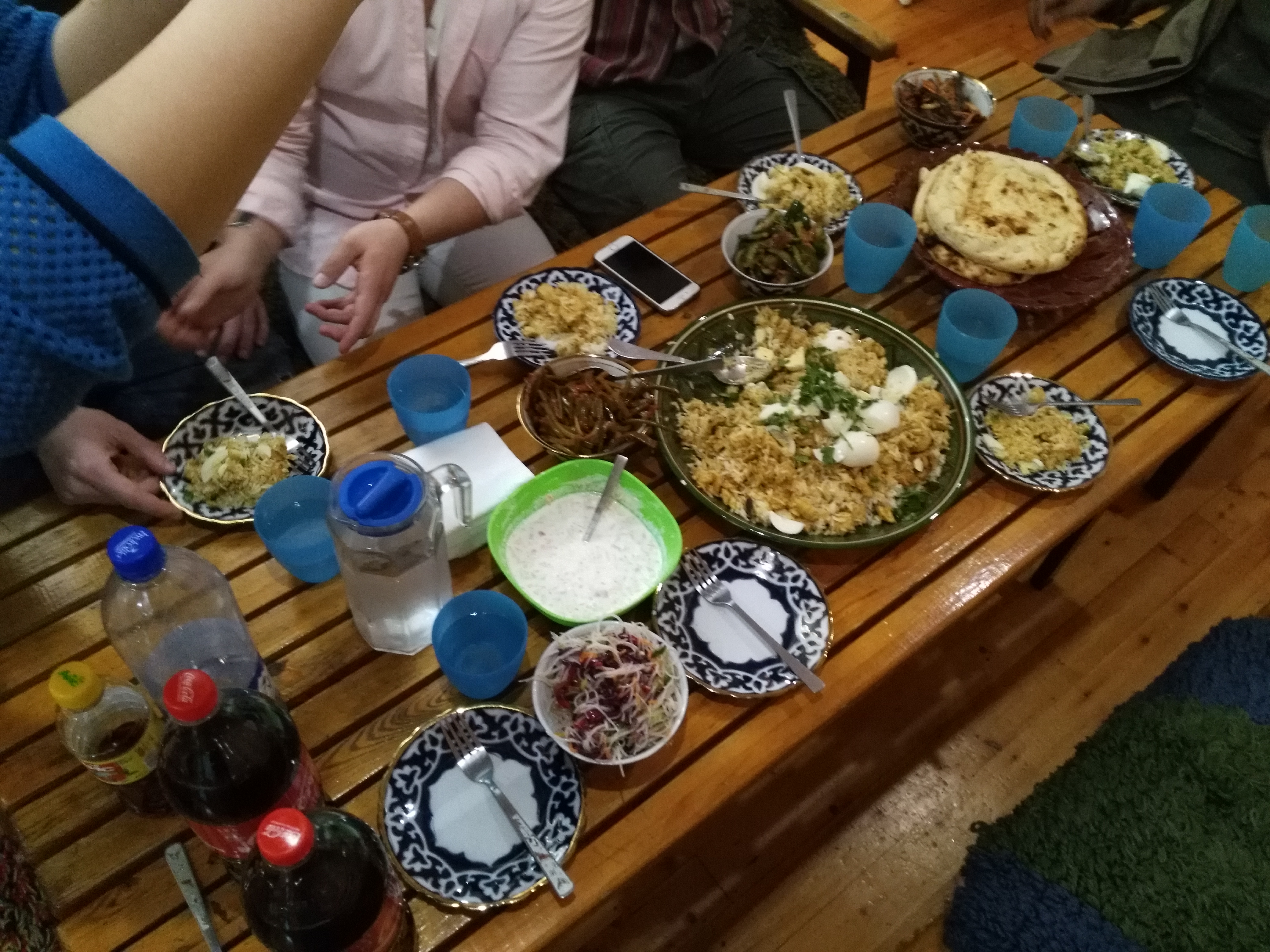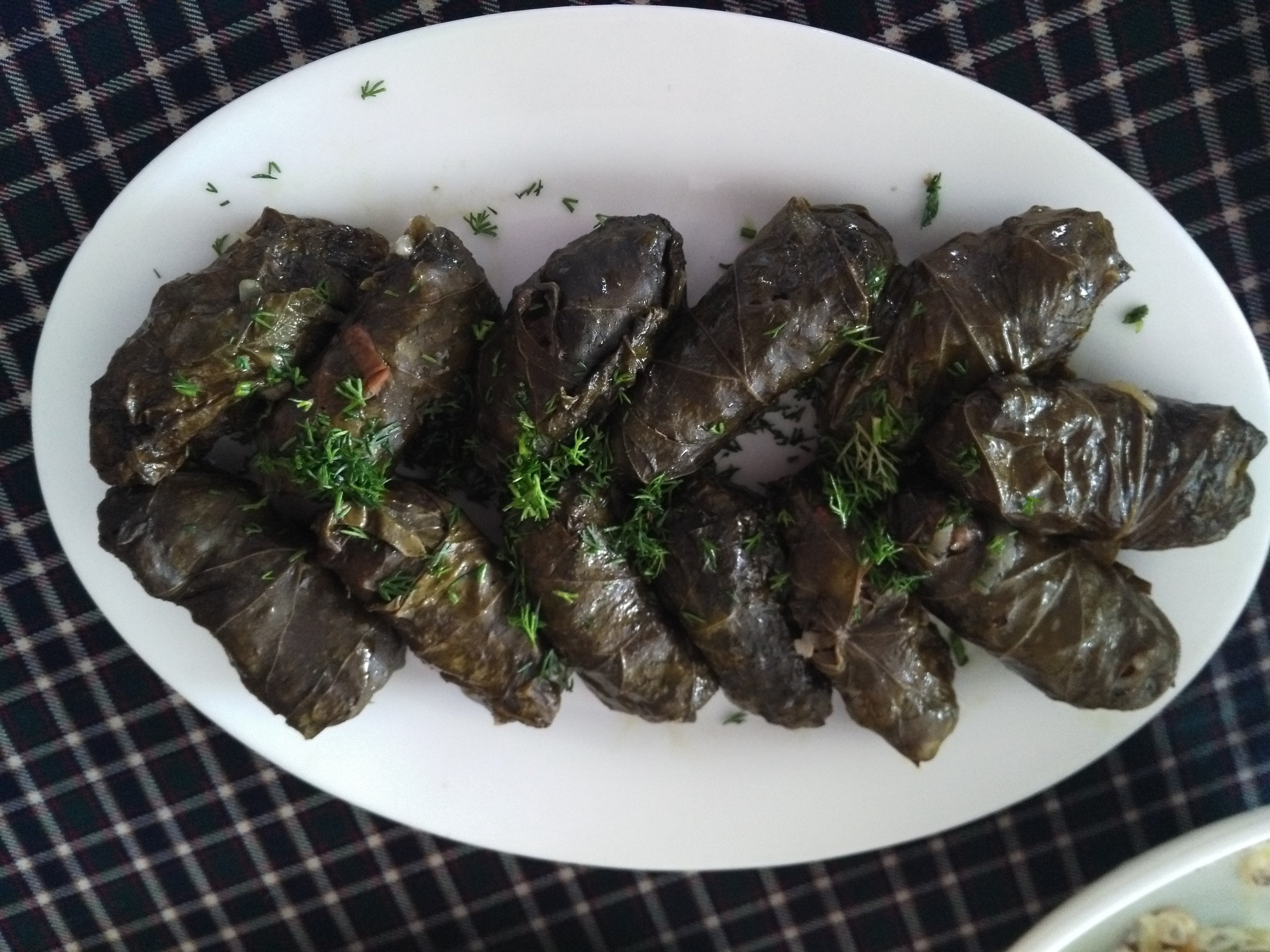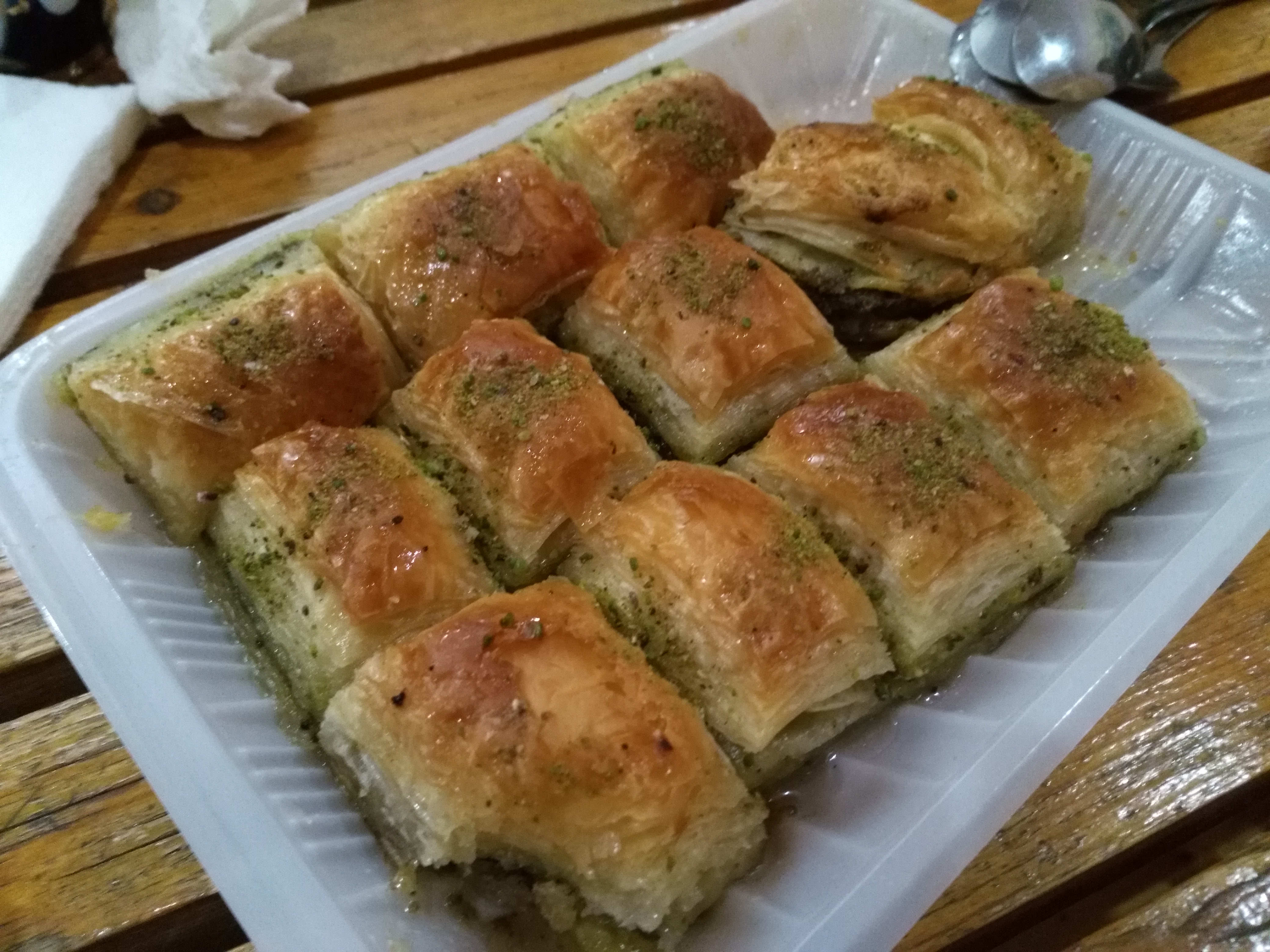Double Dose of Zoroastrianism
04 Mar 2018
Reading time ~10 minutes
This past week marked my final week in Central Asia and first week in “the Caucases”. I must admit that I’ve developed quite a soft spot for the region - its food, people, history, etc. My past month in Uzbekistan was especially pleasant as I spent most of it living in a hostel as opposed to a single room or apartment flat, allowing me to meet and hang with a bunch of other travelers in a cozy environment. The move to Azerbaijan, a very much not land-locked country as opposed to Kazakhstan, Kyrgyzstan, or Uzbekistan, has been very pleasant so far nonetheless. Things aren’t completely different however, because the Central Asian countries I’d just been to and Azerbaijan are all Muslim majority and post-Soviet countries. The microscopic amount of Russian I absorbed in the -stans, however flawed and limited, has thus been helpful in the seaside republic rich in natural gas and oil reserves. I plan to spend most if not all of my time in Baku here in Azerbaijan, the nation’s impressively clean and charming capital featuring noticeably more expats working in oil and gas and engineering gigs than back where I just was. Before getting to Baku in more detail though, allow me to first properly bid farewell to Uzbekistan in the coming paragraphs.
Mosque Interviews
I kicked off my last week in Uzbekistan with an attempt, as I have tried to do in each city I visit, to conduct several rapid interview sessions with worshippers and passerbys in front of mosques regarding their awareness of the issues at stake regarding Islam and music, dance, painting, etc. My interpreter and I ended up camping out in front of Minor Mosque for nearly a couple of hours with only a couple of recorded interviews captured, each only about 20 seconds in length. My interpreter hesitated to do the rapid-fire interviews at the onset of our time in front of the mosque, because she insisted that people would not be willing to open up to strangers on film under the vast majority of circumstances. Turns out my interpreter was completely correct. It seemed to me that the majority of people we requested to interview weren’t in a hurry, but many cited time as being an inpediment when in all likelihood their reservations to be filmed were the real reason for declining to be interviewed. My interpreter was exactly right to have mentioned to me beforehand that younger Uzbeks would be much less inclined to be interviewed and filmed than older ones. Younger women were almost always quicker to reject the opportunity, while younger men seemed to flirt with the idea just a bit before eventually walking away. Older men and women, apparently religious or not, seemed to be more at ease and have more confidence when approached. To some extent, these propensities apply to other cities in which I’ve attempted to conduct similarly styled interviews, but definitely not as consistently so as in Uzbekistan. All of this is to say that people in Uzbekistan and to a lesser extent in the other Central Asian countries in my experience have been either more wary of or respectful towards religious and political authorities in their respective countries. I’m really not qualified to explain why this is the case, but it likely has a lot to do with being a post-Soviet country.
Abdurrashid Shoyunusov
The one full-length interview I conducted this week, a highly interesting one indeed, was with Mr. Abdurrashid Shoyunusov, a musician and Islamic teacher. Mr. Shoyunusov was born in Tashkent into a family of ten including himself. In 1978, he enrolled into the Tashkent State Conservatory for a bachelor’s in music and in 1990 he began a two-year-long intensive language pedagogy course at the department of Arabic Philology at the Uzbekistan State University of World Languages. Though none of his immediate relatives are professional musicians, Mr. Shoyunusov emphasized that many of his family members are big appreciators of music and play traditional Uzbek musical instruments recreationally.
Mr. Shoyunusov centered his commentary regarding the discourse on music permissibility in Islam on the notion that all human creativity is endowed to us by God and therefore we must take care not to abuse God’s bounty. He is especially convinced of the permissibility of natural and sober means by and contexts in which music is produced and consumed, e.g. family-friendly acoustic sessions or instances of music making that aren’t shamelessy affected through digital means. Mr. Shoyunusov likened the actions of artists who entirely rely on digital effects in their musical products or performances or artists who put out clearly shariah uncompliant lyrics to a singer who for whatever reason chooses to gulp down cold water before ever singing a single note only to be dismayed by the resulting tone of his voice. I thus gathered that Mr. Shoyunusov was fine with most musical expressions as long as such expressions did not obviously entail an abuse of God-given talent, health, opportunity, etc.
During the second half of our interview, Mr. Shoyunusov demonstrated the similitude of significant musical and religious terminology from throughout the Muslims world via isopsephy of Abjad numerals. I must admit that I was not able to grasp the entirety of Mr. Shoyunusov’s detailed demonstration, because I hadn’t ever encountered numerology in any way, shape, or form before. First up on the chopping block was the term “rAg” which in various South Asian languages refers to the melodic system that governs a variety of South Asian Art music making. Here is a basic outline of the steps Mr. Shoyunusov took to demonstrate that the Persian (), Turkish (), and Arabic (), each major languages of Islamic civilization, translations of the word “rAg” were essentially the same numerically.
- Write out each of the translations of the word “raag” in Arabic script.
- Sum up the Abjad numerical values of each letter in the translated words . For example,
- rAk = r (200) + A (1) + k (20) = 221
- rAq = r (200) + A (1) + q (100) = 301
- rAgh = r (200) + A (1) + gh (1000) = 1201
- Sum up the individual digits of the previously calculated sums (in this operation, the digit 0 has a value of 10).
- 221: 2 + 2 + 1 = 5
- 301: 3 + 10 + 1 = 14
- 1201: 1 + 2 + 10 + 1 = 14
- Repeat step no. 3 until each number at hand has been reduced to a single digit (the first example, “rAk” is already done).
- 221: 2 + 2 + 1 = 5 (DONE)
- 301: 3 + 10 + 1 = 14 1. 14 = 1 + 4 = 5 (DONE)
- 1201: 1 + 2 + 10 + 1 = 14 1. 14 = 1 + 4 = 5 (DONE)
Isopsephy performed on each of the translations of the shastriya sangeet term “raag” using Abjad numerals thus unanimously gave way to the number 5 which Mr. Shoyunusov told me entails “life” in Arabic numerology. The numeric equivalences are significant in Mr Shoyunusov’s view in that they point to the mystical universality of music. He demonstrated several other equivalences between translations of the word “soul” in Persian, Turkish, and Arabic, which similarly suggested ideas relating to the universality of spirituality or music. Though I am not nearly as acquainted with Arabic numerology to be able to properly comment on it’s standing in either contemporary or historical Islamic civilizations, I thought it fitting to mention that there is in fact contention among Muslims of varying relationships with Islam regarding the permissibility of applying Arabic numerology especially for utilitarian purposes that entail superstitious beliefs or practices (surprise surprise).
Zoroastrian Temples in Tashkent and Baku
Even just the miniscule amount of information I had encountered about Zoroastrianism during world history lessons back in high school was enough to make me ever curious about the scarcely-practiced monotheistic religion. This past week, I went from only reading and occasionally hearing about Zoroastrianism and Zoroastrians to visiting two historic Zoroastrian places of worship. The first of the two was Ming Urik temple in Tashkent. A couple of things strike the visitor upon first happening upon the temple, namely the terminal-like canopy that shelters the ancient complex and just how non-sequitur, so to speak, the temple appears juxtaposed with neighboring apartment flats and administrative buildings. Though the original temple structure is quite fascinating and has mostly held up over in its original form over the years, it was fairly clear to me and my tour guide friend that the supplemental installations propped onto the complex grounds in the forms of pottery, manakins, and literature were most probably not well-researched or intellectually honest representations of Zoroastrian material culture, spirituality, or spiritual life. The second historic temple I couldn’t not check out was the well-known and well-maintained Ateshgah of Baku (Fire Temple of Baku). This one sets itself a part from the other temple I visited and most other places of worship for that matter in that it welcomed not only Zoroastrians but also Hindus. Actually, I got the sense that was that the temple complex’s Hindu elements surpassed its Zoroastrian ones in quantity. At any rate, I think the Ateshgah of Baku is the first place in which I’d ever seen wall inscriptions in both Devanagari and Arabic scripts adjacent to one another or on top of one another. On a whole, it seemed to me that much more money and energy was put into the Ateshgah of Baku by Azerbaijan’s ministry of culture and tourism than that of Uzbekistan for the Ming Urik.
Miscellaneous Sights in Baku
After hitting up the Ateshgah of Baku, I made my way around Baku’s bustling sights, both old and new. Baku is notable for its old city (Icherisher) which is entirely walled off from the rest of the city medieval style. I found the touristic charm of both the old city and more modern divisions of Baku to be very impressive.
Tasty Treats in Tashkent and Baku
So far the cuisine of Azerbaijan has been on par with that of Uzbekistan. I must admit that I still have a burning soft spot for Uzbek plov, but thankfully I had enough of it before leaving Central Asia to last me a while.


























